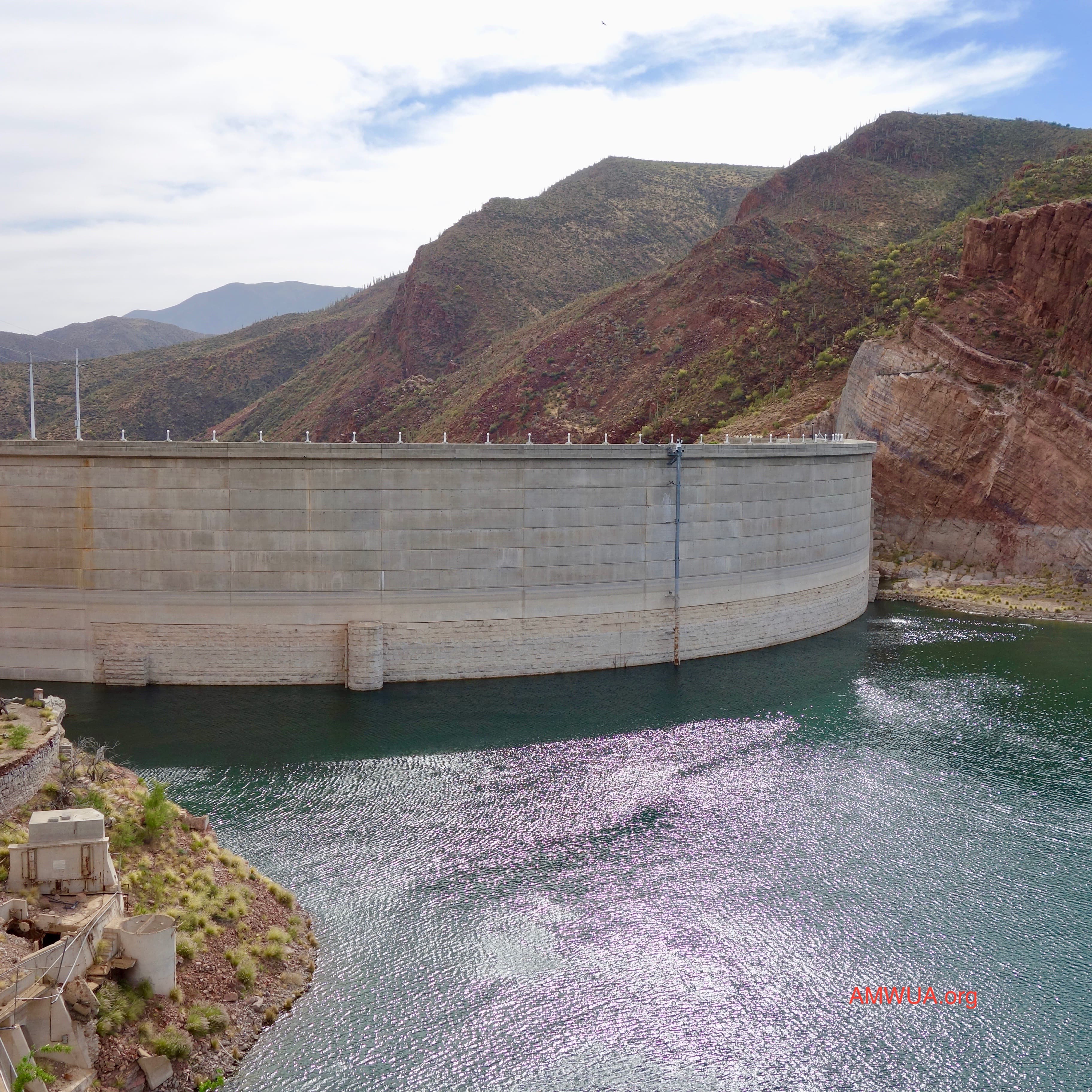AMWUA Blog
BY: Warren TenneyFive Links: Going Deeper Into Drought’s Impact On Arizona

Right now, a decades-long drought is dominating the weather and water news across the southwest. News stories give a quick overview and convey the seriousness of the drought. But many Arizona residents want to dive into the details and timely information about the drought’s impact on our rivers and reservoirs.
Here are five links to websites where you can stay current on the impact of drought in Arizona and on the state’s water supplies. There is a range of information, including easy-to-read overviews and maps showing the intensity of the drought around the state as well as details about reservoir depths and soil moisture. There’s something for everyone searching for more information about what some climate experts are beginning to call a mega drought.
The state’s water agency, the Arizona Department of Water Resources (ADWR), offers several places on its website to help you understand the impacts of the drought. You’ll find weekly, monthly and quarterly maps indicating the drought conditions across the state and historical drought data on ADWR’s (1) Drought Status page. The (2) Colorado River Interactive Dashboard provides three years of data on the daily levels of Lake Powell and Lake Mead—the primary reservoirs on the system—compared to daily levels in 2018. It also includes the probability of a water shortage in coming years, a number that changes often. Currently there is a 52 percent chance that in 2020 Lake Mead will reach the level when the U.S. Department of Interior will declare a water shortage. The Colorado River supplies 40 percent of Arizona’s water.
For over a century, the Salt River Project (SRP) has managed and transported water from the Salt and Verde rivers to the Valley. It provides the AMWUA cities with more than half of their water supplies. SRP website’s (3) Watershed Connection offers current elevations of the reservoirs it manages, including Roosevelt, Canyon and Bartlett lakes, and daily rain and snowmelt runoff from the watershed compared to normal averages. The page also provides boat ramp depths at the reservoirs and a short glossary. The Water Data link at the top of the page gives you more detailed information for selected locations in the Salt and Verde rivers watershed.
To go deep and wide on your drought knowledge and its impact in your city, in Arizona and around the country try (4) National Integrated Drought System . Its Data, Maps & Tools link at the top of the page offers information about the drought’s impact on soil moisture, agriculture, vegetation, fire risk and more and includes the latest drought research.
The AMWUA website offers an (5) updated overview of drought and how Valley cities are prepared for water shortages. This site includes a link to each AMWUA city ’s water shortage preparedness plan.
These are good drought impact sites that keep you better informed with the most recent information. If you have a favorite drought information link, please let us know.
For 49 years, Arizona Municipal Water Users Association has worked to protect our member cities’ ability to provide assured, safe and sustainable water supplies to their communities. For more water information visit www.amwua.org
